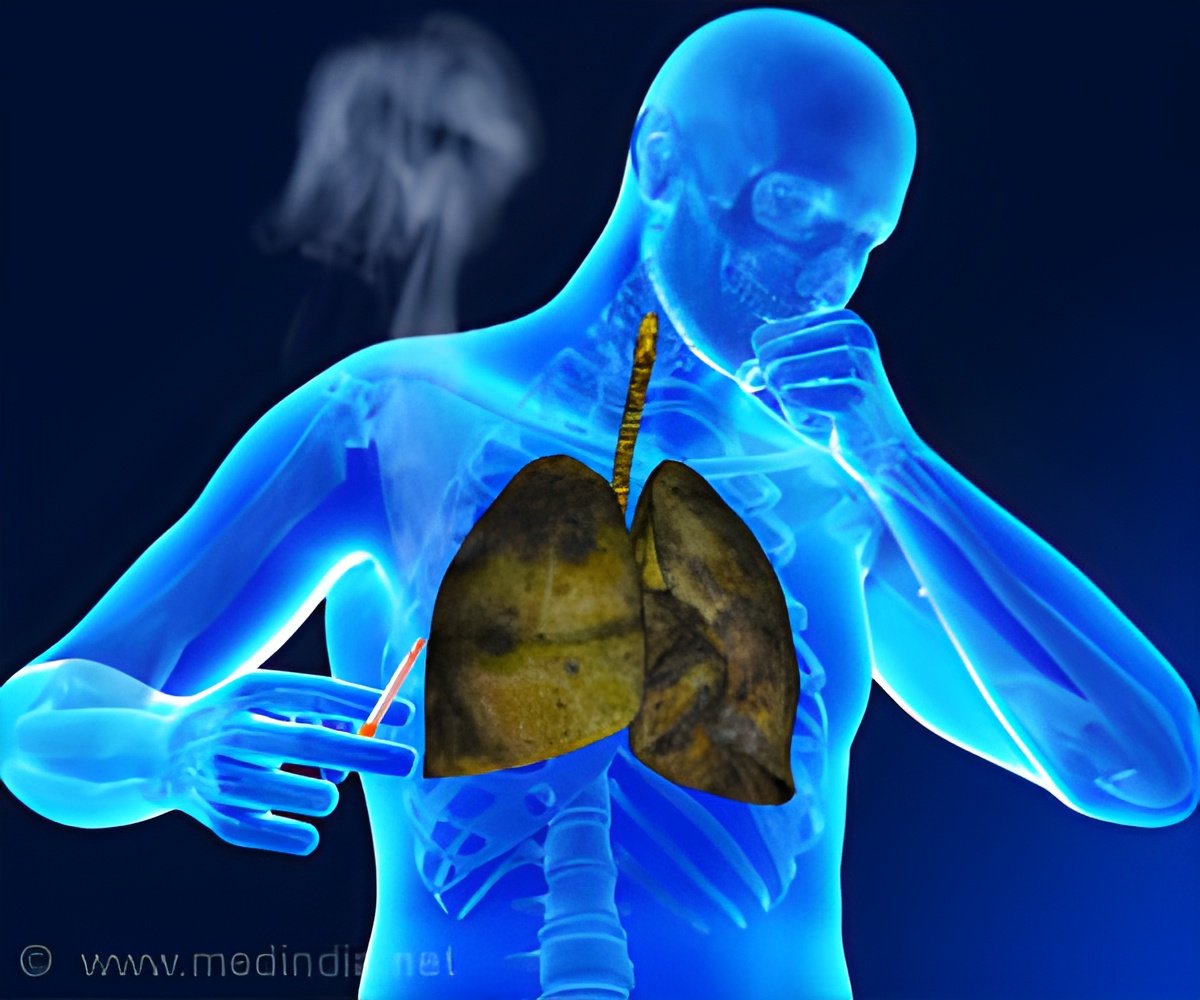
Pseudomonas aeruginosa – an environmental bacterium known for causing severe multidrug-resistant infections, especially in individuals with pre-existing lung conditions – has rapidly evolved and spread globally over the past 200 years, likely driven by shifts in human behavior, a new study reveals.
Pseudomonas aeruginosa and it’s Global spread
P. aeruginosa accounts for more than 500,000 deaths annually worldwide, with over 300,000 linked to antimicrobial resistance (AMR). Individuals with
The evolutionary path of P. aeruginosa from an environmental organism to a specialized human pathogen was previously unclear. To explore this transformation, an international team led by scientists from the University of Cambridge analyzed DNA data from nearly 10,000 samples obtained from infected individuals, animals, and various environments globally. Their findings are published today in Science. By mapping the data, the team was able to create phylogenetic trees – ‘family trees’ – that show how the bacteria from the samples are related to each other. Remarkably, they found that almost seven in ten infections are caused by just 21 genetic clones, or ‘branches’ of the family tree, that have rapidly evolved (by acquiring new genes from neighboring bacteria) and then spread globally over the last 200 years. This spread occurred most likely as a result of people beginning to live in densely-populated areas, where
These epidemic clones have an intrinsic preference for infecting particular types of patients, with some favouring CF patients and other non-CF individuals. It turns out that the bacteria can exploit a previously unknown immune defect in people with CF, allowing them to survive within macrophages. Macrophages are cells that ‘eat’ invading organisms, breaking them down and preventing the infection from spreading. But a previously-unknown flaw in the immune systems of CF patients means that once the macrophage ‘swallows’ P. aeruginosa, it is unable to get rid of it.
Having infected the lungs, these bacteria then evolve in different ways to become even more specialised for a particular lung environment. The result is that certain clones can be transmitted within CF patients and other clones within non-CF patients, but almost never between CF and non-CF patient groups.
Professor Andres Floto, Director of the UK
“From a clinical perspective, this study has revealed important information about Pseudomonas. The focus has always been on how easily this infection can spread between CF patients, but we’ve shown that it can spread with worrying ease between other patients, too. This has very important consequences for infection control in hospitals, where it’s not uncommon for an infected individual to be on an open ward with someone potentially very vulnerable.
Advertisement
“We are incredibly lucky at Royal Papworth Hospital where we have single rooms and have developed and evaluated a new air-handling system to reduce the amount of airborne bacteria and protect all patients.”
Dr Aaron Weimann from the Victor Phillip Dahdaleh Heart & Lung Research Institute at the University of Cambridge, and first author on the study, said: “It’s remarkable to see the speed with which these bacteria evolve and can become epidemic and how they can specialise for a particular lung environment. We really need systematic, pro-active screening of all at risk patient groups to detect and hopefully prevent the emergence of more epidemic clones.”
Advertisement
Reference:
- Evolution and host-specific adaptation of Pseudomonas aeruginosa – (https://www.science.org/doi/10.1126/science.adi0908)
Source-Eurekalert



